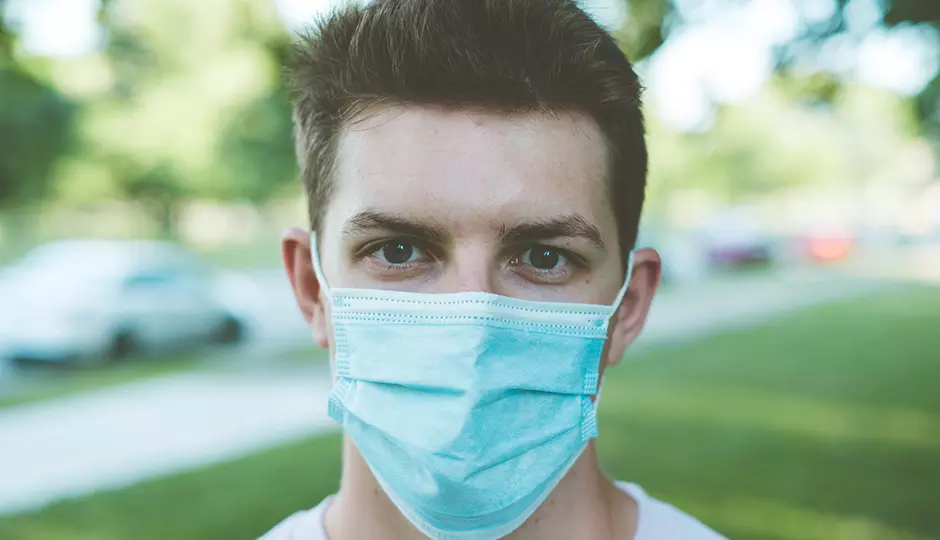COVID-19 took the world by storm in 2020. Researchers and medical professionals sprung into action to learn as much about this novel virus as they could as quickly as possible. Although we now know a great deal, research is continuing so that healthcare workers can better care for COVID-19 patients. One topic of interest surrounding the virus is if it causes hair loss, and if so, what can you do about it? This is everything you need to know about COVID-19 and hair loss.
What Defines Hair Loss?
Hair has a natural growth cycle that involves four phases. In the first phase (anagen), the hair strand continuously grows about an average of half an inch each month. This phase can last for a very long time, sometimes years. The second stage is called catagen and is a transitional phase that only lasts about ten days before the strand of hair enters telogen. Telogen is known as the "resting stage." Hair in this phase is not actively growing but remains attached to its follicles. The last phase is exogen and is when the strand of hair detaches from the follicle and falls out. After a strand of hair falls out in a normal hair growth cycle, a new one is ready to take its place. Situations where this does not happen and the follicle remains dormant is deemed to be hair loss.
It is relevant to note that it is perfectly normal to lose anywhere from 50 -100 hairs each day without ever noticing it.
COVID-19 and Hair Loss
Individuals who develop COVID-19 can have a variety of symptoms, ranging from asymptomatic to severe complications. The Centers for Disease Control and Prevention (CDC) has recognized hair loss as a possible long-term effect of COVID-19 due to high levels of stress on your body. The good news is that hair loss resulting from the virus is temporary, and once you have recovered, you should see normal hair growth resume. Let's take a look at how Coronavirus can cause hair loss.
Stress Due to Fever
A high fever is one of the most commonly reported symptoms of the virus. The body is subjected to higher than normal stress levels due to the body putting all of its energy into fighting off the illness. A high or prolonged fever can cause more hairs than normal into the shedding phase. This is called telogen effluvium. The result is thin or balding spots on the scalp. Temporary shedding can occur 2-3 months after the fever and last for up to six to nine months before normal hair growth resumes. Once your hair begins to grow normally, it can take several months for your hair to return to its original density.
Stress Due to Quarantine
Contracting the virus isn't the only source of stress associated with COVID-19. The isolation of quarantining for long periods, being unable to see loved ones, and worrying about your family and friends' health can bring on a great deal of stress and anxiety. This unusually high level of stress can also lead to temporary hair loss. The recovery timeline is the same as hair loss due to a fever and will begin once your stress levels have been lowered.
How Do You Know If It Is More?
If your hair loss is accompanied by inflammation or irritation of the scalp, it may be due to something other than COVID-19. The best way to know for sure the cause of your hair loss is to consult with a hair loss professional expert. LH Hair is the leading hair loss restoration studio in North Carolina. Our experienced hairstylists will determine the cause of your hair loss and present viable solutions. Our hair loss solutions range from custom wigs and extensions, which are great for managing temporary hair loss, to full hair replacement systems for men and women who need a more permanent solution. Contact us today to schedule your FREE consultation!



